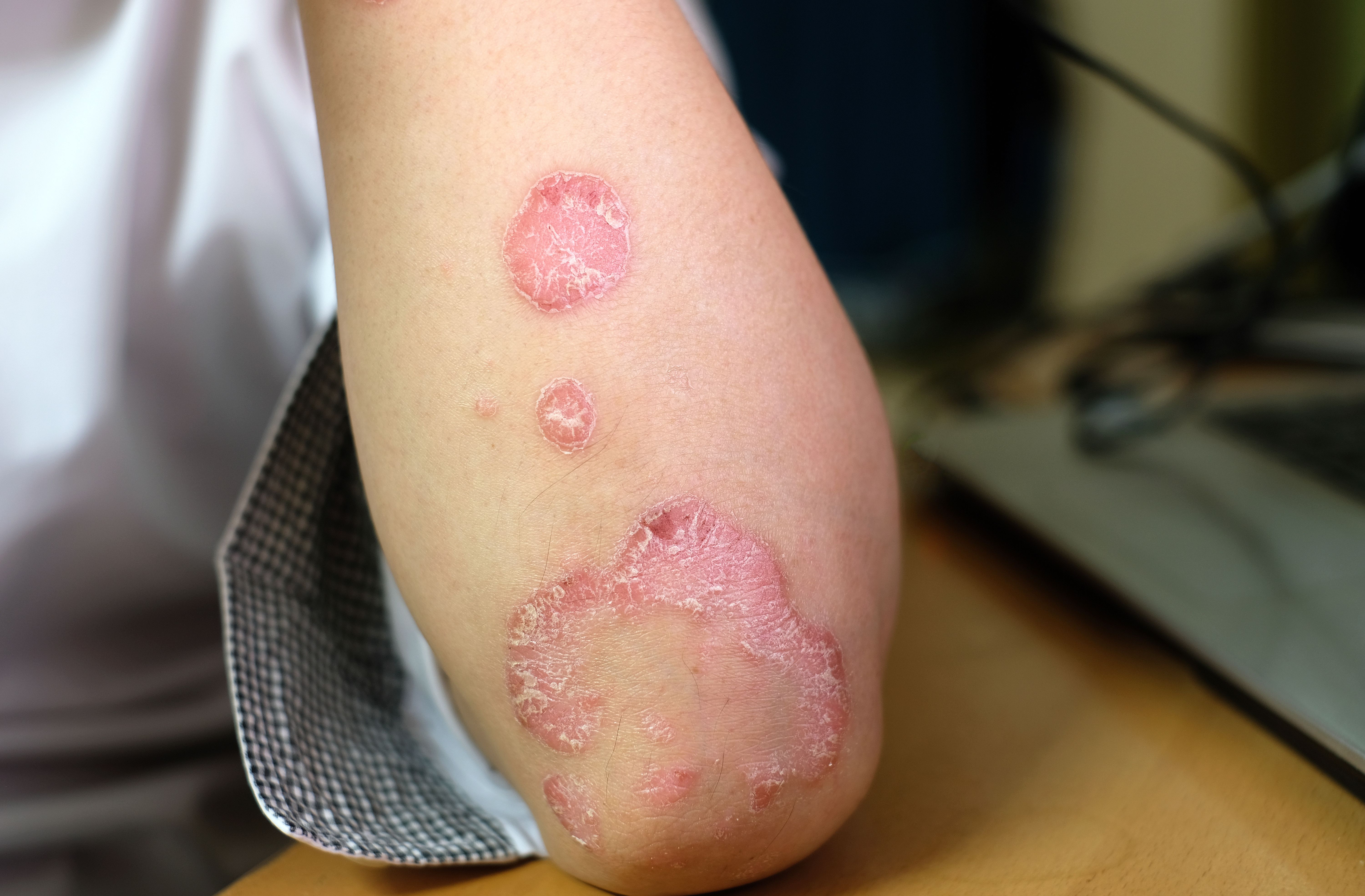- Acne
- Actinic Keratosis
- Aesthetics
- Alopecia
- Atopic Dermatitis
- Buy-and-Bill
- COVID-19
- Case-Based Roundtable
- Chronic Hand Eczema
- Chronic Spontaneous Urticaria
- Drug Watch
- Eczema
- General Dermatology
- Hidradenitis Suppurativa
- Melasma
- NP and PA
- Pediatric Dermatology
- Pigmentary Disorders
- Practice Management
- Precision Medicine and Biologics
- Prurigo Nodularis
- Psoriasis
- Psoriatic Arthritis
- Rare Disease
- Rosacea
- Skin Cancer
- Vitiligo
- Wound Care
Video
Role of Anti-TNF Molecules in PsA and PsO Therapy
Expert dermatologists discuss different anti-TNF molecules and the impact of having these types of molecules on psoriasis and psoriatic arthritis care.
Mark G. Lebwohl, MD: Let's talk a little bit about the different TNF [tumor necrosis factor] blockers because those were the first drugs that showed a big difference for PsA [psoriatic arthritis]. Review the class, and tell us about the different kinds. We mentioned the pegylated certolizumab pegol. We mentioned etanercept as a fusion protein. We have chimeric antibodies such as infliximab. We have human monoclonal antibodies, golimumab, and adalimumab. Those are the different kinds. Are there clinical differences between them in terms of their efficacy?
Joseph F. Merola, MD, MMSc: Yeah. Again, I think it's probably worth starting a little bit with PsA-approved drugs, some of the data there. Mostly, across the board here. It's interesting because there are probably more differences in some of the efficacy that we've seen with regard, for example, to etanercept vs some of these others in the skin. I don't think I'm saying anything surprising there as Mark well knows and our dermatology colleagues know about potentially some lower efficacy with regard to skin etanercept vs some of these other mechanisms. I think all of these agents certainly are on the table for discussions with patients about psoriatic arthritis. Mark already more or less covered structural differences. Because of access and for so many other reasons, I think so many patients are started on adalimumab up front. The subtle differences in structure, the certolizumab pegol for patients of childbearing potential, as Mark mentioned, I think certainly comes up.
I will say that our psoriatic patients sometimes can be on the heavier side. Another discussion of comorbidities. We know that one of the unique aspects of some of our infusion therapies, in particular, infliximab here, is that it is weight-based dosing. It does offer albeit somewhat off-label dose flexibility around the frequency of dosing, IV [Intravenous] dosing that is both weight-based but has flexibility around the frequency. I can do it every 4 weeks, every 6 weeks, every 8 weeks. I can do 5mg/kg. I can do 10mg/kg. I think it is our clinical experience, particularly in the psoriatic arthritis arena, that patients who are not completely controlled or who have anticipatory symptoms, they feel good after their dose, but really need a more frequent dosing or higher-level dosing. That's where those IV doses really come in and that weight-based and flexible dosing comes in. I certainly will turn to infliximab in that category.
Some of our highest efficacy was shown, by the way, in the GO-VIBRANT trial data for SIMPONI ARIA [golimumab] dosing where, again, I think sometimes in dermatology, we forget about that, but certainly, we turn to that on the label in rheumatology as an IV option. It is also not a chimeric where there may in theory be less antidrug antibody formation and such well tolerated. That GO-VIBRANT trial data was very robust for psoriatic arthritis, the other nuance here I think that has persisted in the rheumatology world, maybe less in the dermatology world, is the use of concurrent low-dose methotrexate, particularly with infliximab to prevent antidrug antibodies. We know it increases infliximab blood levels and also may have some impact in combination in that scenario. That's a nuance to infliximab that we often turn to.
But, again, I think we've covered a little bit – One of the other nuances there is about a few comorbidities, uveitis, we know, etanercept probably less likely to be helpful with uveitis, whereas the other agents we mentioned are. Adalimumab, of course, approved for infliximab frequently used for uveitis. The structure does matter. The structure has some nuance in terms of comorbidity, dosing frequency, etc.
Transcript edited for clarity
Newsletter
Like what you’re reading? Subscribe to Dermatology Times for weekly updates on therapies, innovations, and real-world practice tips.







